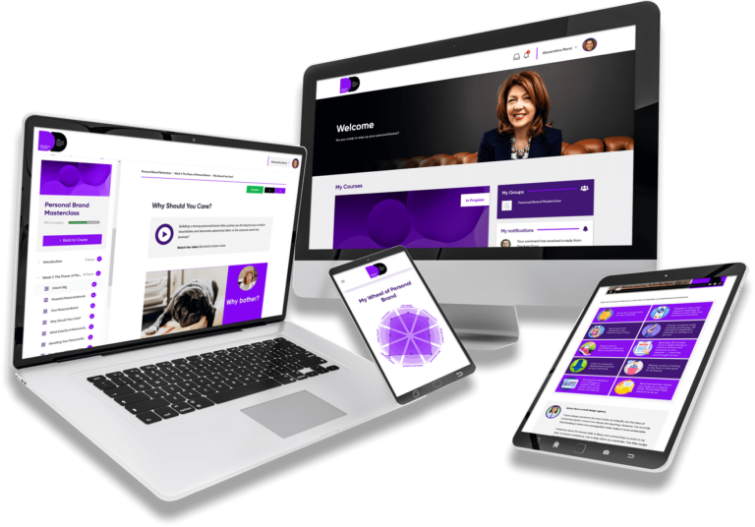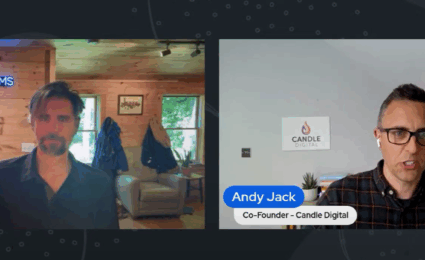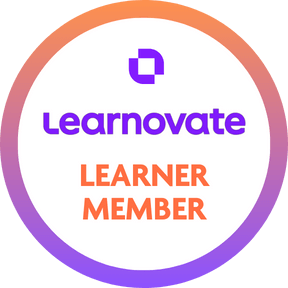Involving your clients and future learners in the design of your online courses

We recently stumbled across this fascinating photo of Ohio State University. It shows the paths used by students before permanent versions were put in place.

(Source: Reddit)
Instead of the university forcing their own paths on their students (which would probably have been ignored), they considered their students’ ‘desire paths’ and specifically created permanent paths based on them.
It would have been easy for the university to use their intuition and design what they ‘thought’ was most suitable, but by observing the common routes already in place, they simply enhanced what was already there. It’s a win-win for both sides; the university gets a pristine lawn for photos and the students can enjoy a more comfortable walk between lectures.
We think this is a great example of why understanding your target audience and adapting your design to their needs is so effective.
It got us thinking … how can you observe your learners’ ‘desire paths’ and adapt your online learning products accordingly?
Get to know your audience
At the core of any successful product or experience, be it an online course, a mobile phone or a top restaurant, is a strong understanding of its audience.
Getting under the skin of your clients and learners, understanding what makes them tick, what their situation is, what they really want and what their challenges are, is crucial to designing an online training experience that helps them achieve their goals.
If your client is the HR or L&D department rather than the learner themselves, then you’ll need to think about their needs too. This may not affect the learning experience directly, but it may affect any reporting requirements, or how you assess the impact of the training you deliver.
By involving your clients in the process, you can design your training in tandem with them, which is the best way to build a product they actually care about.
If they’re interested in your online training, you might just have your first set of customers ready for when your product launches. And when you already have customers, it’s much easier to expand your product to a wider audience.
So, critical question, how can you get to know your audience?
The most obvious way, but perhaps the most overlooked is to simply talk to them!
Interviewing a selected bunch of clients or customers can provide a huge amount of insights to help your design. Tease out what problems they’re currently facing and what kind of solution would help them to overcome these challenges.
Could it be online training, resources or a mix of both? What have they tried in the past and why hasn’t it worked? Is training actually the most suitable solution at all?
With this in mind, sketch out your idea, or create a rough outline of what your online training will help with and how it’ll do it. Show it to your clients and see what they think. How does their feedback change your plans?
To complement your conversations, it may be useful to observe them.
If you already have an online course or product, you could use analytics to spot any potential challenges. Have a look at which parts of the course your learners are spending the most time on. Is this an indication of interest or concepts they’re struggling with? This could be indicated by their quiz results or questionnaire feedback. Consider why they might be doing this and think about any changes you could make to improve their experience.
If your learning platform supports it, try using A/B testing (where learners with common attributes are presented with different content or journeys) to assess which routes work best. Test out your changes and refine your design based on the results.
If it’s also possible to observe your audience in the situations they find challenging, then even better! You may be able to glean valuable insights that’ll help shape your recommended solutions.
—
For more ideas on how to uncover your learners’ desires and incorporate them into your course design, check out this blog where we delve further into the intriguing world of design thinking.
This article from the Interaction Design Foundation may also provide a useful introduction to this key concept.
Fresh Insights Direct to Your Inbox
Enjoyed this article?
Join the Candle Digital Mailing List
You’ve Mastered Your Craft. Now Scale It.









